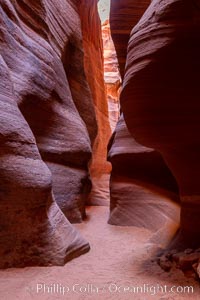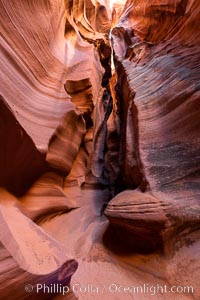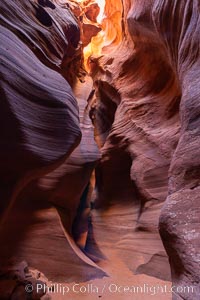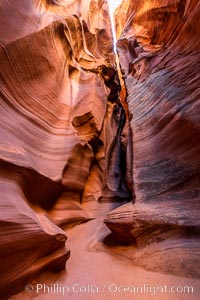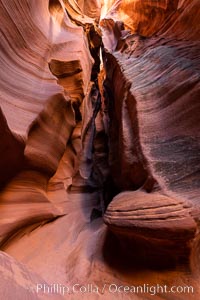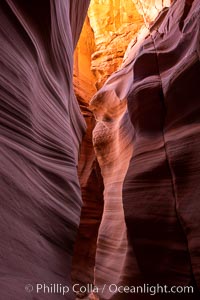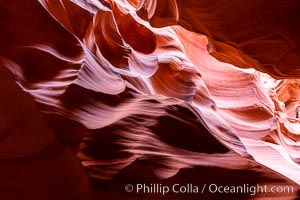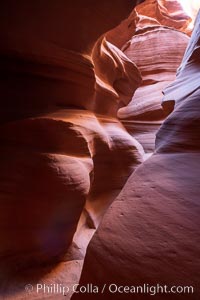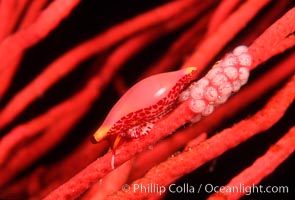
Simnia and egg cluster on gorgonian.
Species: Simnia, Delonovolva aequalis
Location: Anacapa Island, California
Image ID: 02556
Species: Simnia, Delonovolva aequalis
Location: Anacapa Island, California
Image ID: 02556
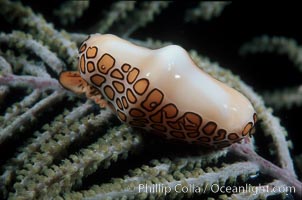
Flamingo tongue snail.
Species: Flamingo tongue cowrie, Cyphoma gibbosum
Location: Roatan, Honduras
Image ID: 02567
Species: Flamingo tongue cowrie, Cyphoma gibbosum
Location: Roatan, Honduras
Image ID: 02567
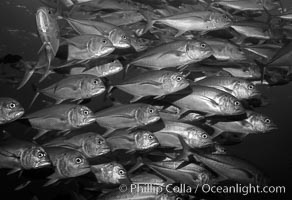
Circling jacks.
Species: Bigeye jack, Caranx sexfasciatus
Location: Cocos Island, Costa Rica
Image ID: 06124
Species: Bigeye jack, Caranx sexfasciatus
Location: Cocos Island, Costa Rica
Image ID: 06124
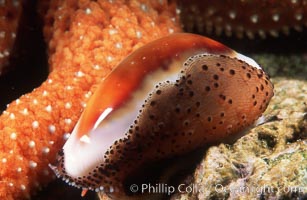
Chestnut cowrie with mantle extended.
Species: Chestnut cowrie, Date cowrie, Cypraea spadicea
Location: San Miguel Island, California
Image ID: 01035
Species: Chestnut cowrie, Date cowrie, Cypraea spadicea
Location: San Miguel Island, California
Image ID: 01035
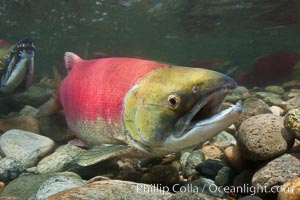
Adams River sockeye salmon. A female sockeye salmon swims upstream in the Adams River to spawn, having traveled hundreds of miles upstream from the ocean.
Species: Sockeye salmon, Oncorhynchus nerka
Location: Adams River, Roderick Haig-Brown Provincial Park, British Columbia, Canada
Image ID: 26159
Species: Sockeye salmon, Oncorhynchus nerka
Location: Adams River, Roderick Haig-Brown Provincial Park, British Columbia, Canada
Image ID: 26159
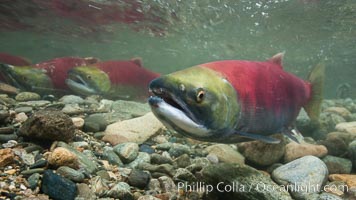
Adams River sockeye salmon. A female sockeye salmon swims upstream in the Adams River to spawn, having traveled hundreds of miles upstream from the ocean.
Species: Sockeye salmon, Oncorhynchus nerka
Location: Adams River, Roderick Haig-Brown Provincial Park, British Columbia, Canada
Image ID: 26160
Species: Sockeye salmon, Oncorhynchus nerka
Location: Adams River, Roderick Haig-Brown Provincial Park, British Columbia, Canada
Image ID: 26160
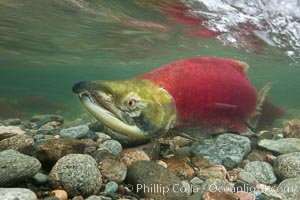
A male sockeye salmon, showing injuries sustained as it migrated hundreds of miles from the ocean up the Fraser River, swims upstream in the Adams River to reach the place where it will fertilize eggs laid by a female in the rocks. It will die soon after spawning.
Species: Sockeye salmon, Oncorhynchus nerka
Location: Adams River, Roderick Haig-Brown Provincial Park, British Columbia, Canada
Image ID: 26162
Species: Sockeye salmon, Oncorhynchus nerka
Location: Adams River, Roderick Haig-Brown Provincial Park, British Columbia, Canada
Image ID: 26162
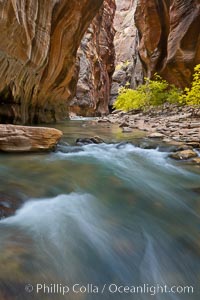
The Virgin River flows through the Zion Narrows, with tall sandstone walls towering hundreds of feet above.
Location: Virgin River Narrows, Zion National Park, Utah
Image ID: 26122
Location: Virgin River Narrows, Zion National Park, Utah
Image ID: 26122
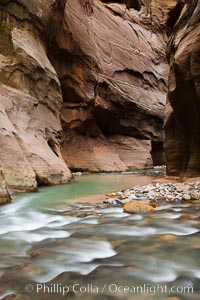
The Virgin River flows through the Zion Narrows, with tall sandstone walls towering hundreds of feet above.
Location: Virgin River Narrows, Zion National Park, Utah
Image ID: 26123
Location: Virgin River Narrows, Zion National Park, Utah
Image ID: 26123
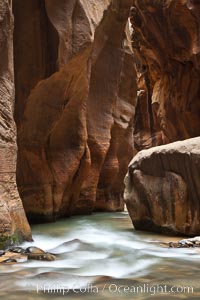
The Virgin River flows through the Zion Narrows, with tall sandstone walls towering hundreds of feet above.
Location: Virgin River Narrows, Zion National Park, Utah
Image ID: 26124
Location: Virgin River Narrows, Zion National Park, Utah
Image ID: 26124
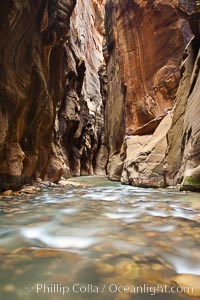
The Virgin River flows through the Zion Narrows, with tall sandstone walls towering hundreds of feet above.
Location: Virgin River Narrows, Zion National Park, Utah
Image ID: 26125
Location: Virgin River Narrows, Zion National Park, Utah
Image ID: 26125
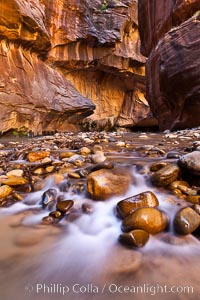
The Virgin River flows through the Zion Narrows, with tall sandstone walls towering hundreds of feet above.
Location: Virgin River Narrows, Zion National Park, Utah
Image ID: 26126
Location: Virgin River Narrows, Zion National Park, Utah
Image ID: 26126
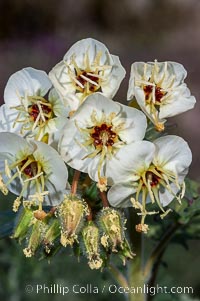
Brown-eyed primrose blooms in spring in the Colorado Desert following heavy winter rains. Anza Borrego Desert State Park.
Species: Brown-eyed primrose, Camissonia claviformis
Location: Anza-Borrego Desert State Park, Borrego Springs, California
Image ID: 10522
Species: Brown-eyed primrose, Camissonia claviformis
Location: Anza-Borrego Desert State Park, Borrego Springs, California
Image ID: 10522
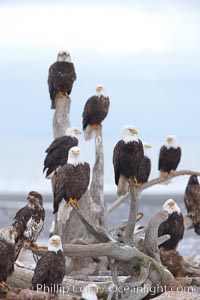
Group of bald eagles, part of a group of several hundred, perched on wooden driftwood stumps, waiting to be fed frozen fish on a winter morning, part of the Homer "Eagle Lady's" winter feeding program.
Species: Bald eagle, Haliaeetus leucocephalus, Haliaeetus leucocephalus washingtoniensis
Location: Kachemak Bay, Homer, Alaska
Image ID: 22656
Species: Bald eagle, Haliaeetus leucocephalus, Haliaeetus leucocephalus washingtoniensis
Location: Kachemak Bay, Homer, Alaska
Image ID: 22656
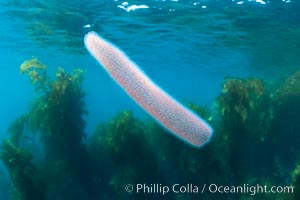
Pyrosome drifting through a kelp forest, Catalina Island. Pyrosomes are free-floating colonial tunicates that usually live in the upper layers of the open ocean in warm seas. Pyrosomes are cylindrical or cone-shaped colonies made up of hundreds to thousands of individuals, known as zooids.
Location: Catalina Island, California
Image ID: 37163
Location: Catalina Island, California
Image ID: 37163
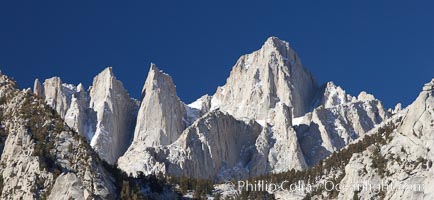
Mt. Whitney is the highest point in the contiguous United States with an elevation of 14,505 feet (4,421 m). It lies along the crest of the Sierra Nevada mountain range. Composed of the Sierra Nevada batholith granite formation, its eastern side (seen here) is quite steep. It is climbed by hundreds of hikers each year.
Image ID: 21761
Panorama dimensions: 2298 x 4990
Image ID: 21761
Panorama dimensions: 2298 x 4990
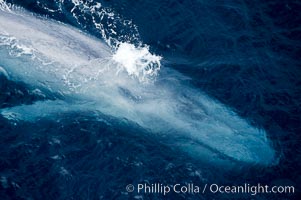
Blue whale. The sleek hydrodynamic shape of the enormous blue whale allows it to swim swiftly through the ocean, at times over one hundred miles in a single day.
Species: Blue whale, Balaenoptera musculus
Location: La Jolla, California
Image ID: 21266
Species: Blue whale, Balaenoptera musculus
Location: La Jolla, California
Image ID: 21266
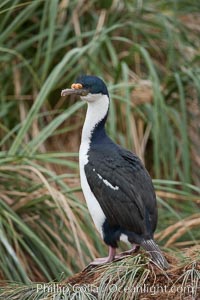
Imperial shag or blue-eyed shag, in tussock grass. The Imperial Shag is about 30" long and 4-8 lbs, with males averaging larger than females. It can dive as deep as 80' while foraging for small benthic fish, crustaceans, polychaetes, gastropods and octopuses.
Species: Imperial shag, Leucocarbo atriceps, Phalacrocorax atriceps
Location: New Island, Falkland Islands, United Kingdom
Image ID: 23761
Species: Imperial shag, Leucocarbo atriceps, Phalacrocorax atriceps
Location: New Island, Falkland Islands, United Kingdom
Image ID: 23761
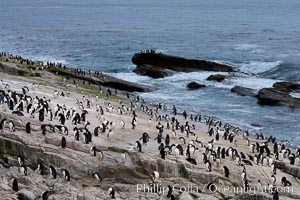
Rockhopper penguins, on rocky coastline of New Island in the Falklands. True to their name, rockhopper penguins scramble over the rocky intertidal zone and up steep hillsides to reach their nesting colonies which may be hundreds of feet above the ocean, often jumping up and over rocks larger than themselves. Rockhopper penguins reach 23" and 7.5lb in size, and can live 20-30 years. They feed primarily on feed on krill, squid, octopus, lantern fish, molluscs, plankton, cuttlefish, and crustaceans.
Species: Rockhopper penguin, Western rockhopper penguin, Eudyptes chrysocome, Eudyptes chrysocome chrysocome
Location: New Island, Falkland Islands, United Kingdom
Image ID: 23744
Species: Rockhopper penguin, Western rockhopper penguin, Eudyptes chrysocome, Eudyptes chrysocome chrysocome
Location: New Island, Falkland Islands, United Kingdom
Image ID: 23744
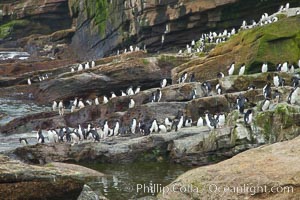
Rockhopper penguins, on rocky coastline of New Island in the Falklands. True to their name, rockhopper penguins scramble over the rocky intertidal zone and up steep hillsides to reach their nesting colonies which may be hundreds of feet above the ocean, often jumping up and over rocks larger than themselves. Rockhopper penguins reach 23" and 7.5lb in size, and can live 20-30 years. They feed primarily on feed on krill, squid, octopus, lantern fish, molluscs, plankton, cuttlefish, and crustaceans.
Species: Rockhopper penguin, Western rockhopper penguin, Eudyptes chrysocome, Eudyptes chrysocome chrysocome
Location: New Island, Falkland Islands, United Kingdom
Image ID: 23742
Species: Rockhopper penguin, Western rockhopper penguin, Eudyptes chrysocome, Eudyptes chrysocome chrysocome
Location: New Island, Falkland Islands, United Kingdom
Image ID: 23742
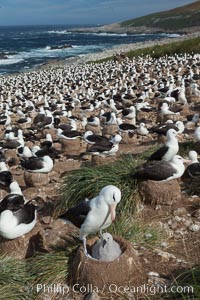
Black-browed albatross colony on Steeple Jason Island in the Falklands. This is the largest breeding colony of black-browed albatrosses in the world, numbering in the hundreds of thousands of breeding pairs. The albatrosses lay eggs in September and October, and tend a single chick that will fledge in about 120 days.
Species: Black-browed albatross, Thalassarche melanophrys
Location: Steeple Jason Island, Falkland Islands, United Kingdom
Image ID: 24122
Species: Black-browed albatross, Thalassarche melanophrys
Location: Steeple Jason Island, Falkland Islands, United Kingdom
Image ID: 24122
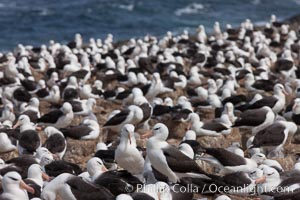
Black-browed albatross colony on Steeple Jason Island in the Falklands. This is the largest breeding colony of black-browed albatrosses in the world, numbering in the hundreds of thousands of breeding pairs. The albatrosses lay eggs in September and October, and tend a single chick that will fledge in about 120 days.
Species: Black-browed albatross, Thalassarche melanophrys
Location: Steeple Jason Island, Falkland Islands, United Kingdom
Image ID: 24110
Species: Black-browed albatross, Thalassarche melanophrys
Location: Steeple Jason Island, Falkland Islands, United Kingdom
Image ID: 24110
